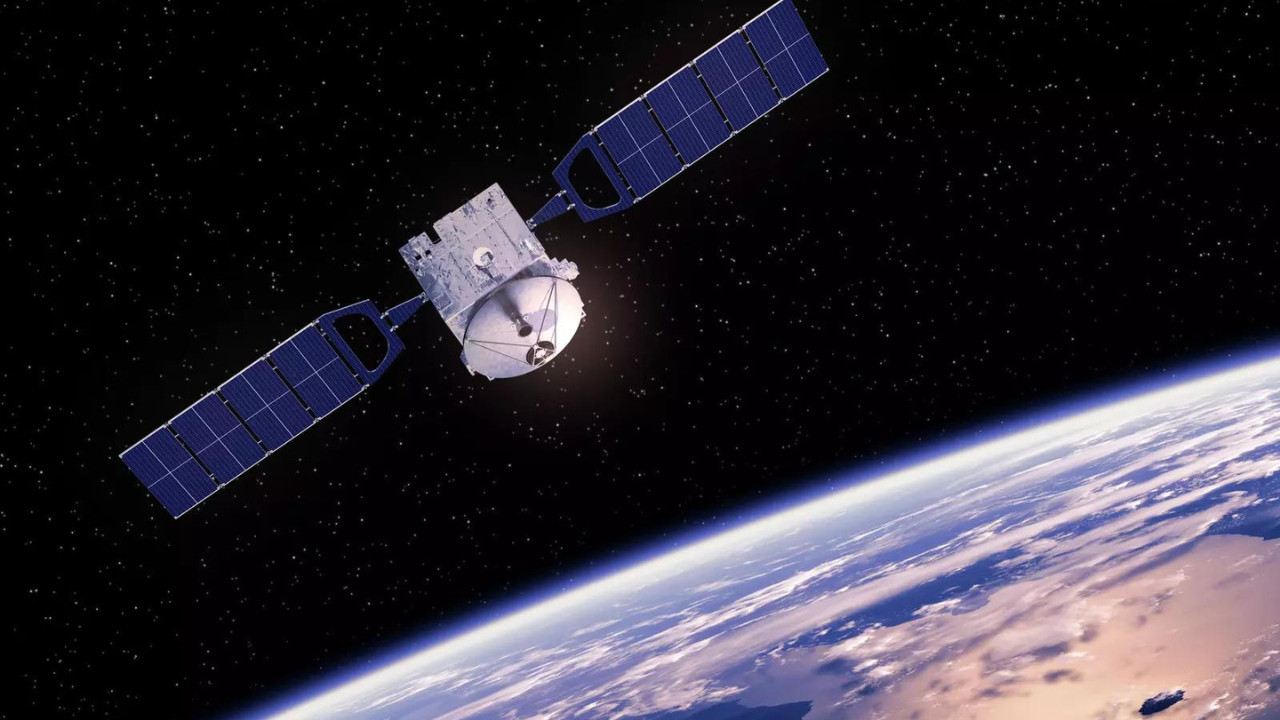India is preparing for the arrival of satellite-based communication. The government is taking steps to protect its interests. It plans to boost domestic capabilities in the satcom sector. This includes setting up a satellite monitoring facility. Spectrum and orbital resources will be reserved for Indian operators. The aim is to create a favorable environment for local gateways.
India’s Watching the Skies: How Satellite Monitoring is Shaping the Future of Communication
Forget everything you thought you knew about watching the skies. We’re not talking about stargazing with a telescope. We’re talking about a sophisticated, high-stakes game of chess played amongst the stars, and India is upping its ante. With a satellite communication (Satcom) boom looming on the horizon, India is quietly but decisively strengthening its satellite monitoring capabilities, not just for technological prowess, but for securing its national interests. Think of it as a digital shepherd, ensuring that its flock (and everyone else’s) stay within the boundaries.
For years, the narrative around space exploration has been dominated by dazzling images of nebulae and the quest to find life beyond Earth. But behind the dazzling facade, a silent revolution is underway, one fueled by the rapidly expanding Satcom industry. We’re talking about everything from providing internet access to remote villages to facilitating high-speed communication for disaster relief. This rapid growth, while incredibly promising, also brings potential vulnerabilities.
The article from the Times of India highlights precisely this point. The government recognizes that as the number of satellites orbiting above us explodes, so too does the risk of interference, unauthorized access, and even potential misuse. Imagine someone intentionally disrupting communication signals, hindering critical services, or even weaponizing satellites for nefarious purposes. It’s a scenario ripped straight from a sci-fi thriller, but increasingly a reality we need to prepare for.
So, what’s India doing about it? Well, it’s not just sitting idly by. The article points towards a multi-pronged approach. First, there’s the investment in advanced monitoring technologies. Think of it as building a sophisticated radar system for space, allowing India to track and analyze satellite activity with unprecedented accuracy. This includes things like monitoring signal strength, identifying potential interference, and even detecting anomalies that might indicate malicious activity.
But technology alone isn’t enough. The article also emphasizes the importance of strengthening regulatory frameworks. This involves establishing clear guidelines for satellite operators, enforcing strict adherence to international protocols, and creating a robust mechanism for resolving disputes. Think of it as establishing the rules of the road for the celestial highway, ensuring that everyone plays by the same rules.
This is particularly crucial in the context of spectrum allocation. Radio frequency spectrum, the invisible backbone of communication, is a finite resource. As the number of satellites increases, so too does the competition for this precious resource. Efficient and equitable spectrum management is therefore paramount, not just for ensuring the smooth functioning of the Satcom industry, but also for protecting national security interests.
The article subtly hints at a deeper concern: the potential for foreign entities to exploit the Satcom boom to their advantage. In an increasingly interconnected world, satellite communication has become a critical infrastructure, vulnerable to disruption and exploitation. By strengthening its monitoring capabilities, India is essentially building a digital firewall, protecting its critical infrastructure from external threats. It’s about safeguarding sovereignty in the digital age.
What’s really interesting is the implication this has for India’s ambition to become a major player in the global space arena. A robust and secure Satcom infrastructure is a prerequisite for attracting foreign investment, fostering technological innovation, and ultimately, cementing India’s position as a leading space power. This isn’t just about protecting existing assets; it’s about creating a conducive environment for future growth.
This isn’t just about India, either. As other nations witness India’s proactive approach to securing its space assets, they’re likely to follow suit. This could lead to a global paradigm shift, with increased transparency and accountability in the Satcom industry. Perhaps a future where space is governed by collaboration and shared responsibility, rather than competition and potential conflict.
The road ahead is undoubtedly complex. Maintaining a vigilant watch over the increasingly crowded skies requires constant investment, innovation, and international cooperation. But by taking these proactive steps, India is not only securing its own national interests but also contributing to a more stable and secure future for the global space community. The future of communication is literally written in the stars, and India is making sure it has the pen.
📬 Stay informed — follow us for more insightful updates!







